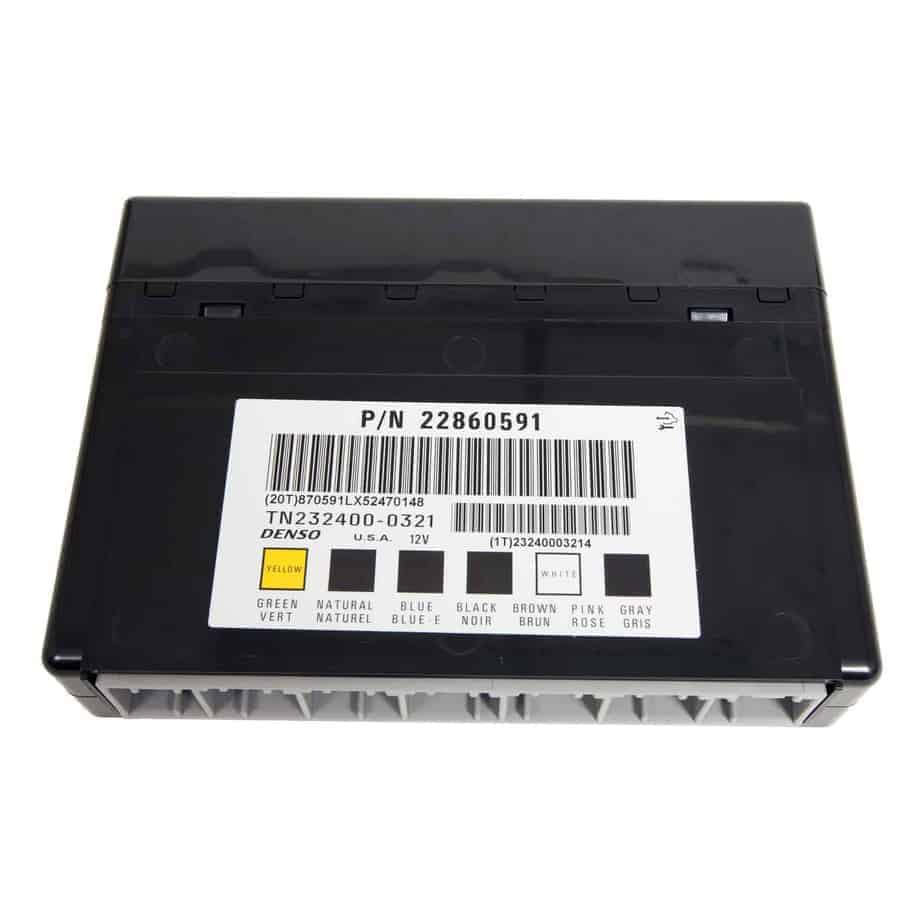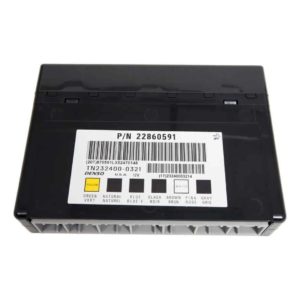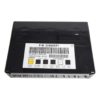Restore Your Van’s Electrical System with a Plug-and-Play Solution
If you’re dealing with bizarre electrical issues in your Chevy Express or GMC Savana, you’re not alone. As a technician with over two decades of experience, I’ve seen firsthand how a failing Body Control Module (BCM) can turn a reliable workhorse into a source of constant frustration. The BCM is the central command center for your vehicle’s body electronics—from power windows and door locks to the security system and interior lights. When it starts to fail, the symptoms can be confusing and seem completely unrelated.
This isn’t just another part; it’s a direct-fit, reliable solution. We take the biggest headache out of the repair process: programming. Simply provide your vehicle’s VIN at checkout, and we will program this BCM with the latest GM software specifically for your van. This means no expensive trips to the dealership and no need for specialized scan tools for programming. It arrives at your door ready to be installed, saving you time, money, and diagnostic headaches.
A Technician’s Notebook: The Case of the Haunted Work Van
A contractor brought his 2011 Express 1500 into my bay last month with a list of strange complaints. The dome lights would flicker randomly, the driver’s side power window worked only when it wanted to, and twice that week, the van wouldn’t start—the security light was flashing on the dash. He was convinced the van was possessed. After checking the battery and grounds, my diagnostic scan tool pointed towards a communication breakdown originating from the BCM. These modules, especially on high-use commercial vehicles, can fail from years of heat cycles and vibration. We installed a VIN-programmed 2008-2012 Express 1500 BCM, and every single one of his phantom electrical issues vanished. It’s a common failure, and this is the definitive fix.
Common Signs of a Failing BCM
A faulty BCM can manifest in numerous ways. If your vehicle is experiencing any of the following, a failing BCM is the likely culprit:
- ✔ Intermittent or non-functional power windows, door locks, or mirrors.
- ✔ The security or anti-theft light stays on, preventing the engine from starting.
- ✔ Interior or dashboard lights flicker, stay on, or don’t work at all.
- ✔ The horn honks unexpectedly or doesn’t work when pressed.
- ✔ Wipers operate erratically or won’t turn off.
- ✔ False warnings appearing on the instrument cluster (e.g., ‘Door Ajar’).
- ✔ Communication errors with other modules when using a diagnostic scanner.
A Straightforward Guide to BCM Installation
Replacing the BCM is a manageable job for a DIYer with basic tools. While the exact location can vary slightly by model, the process is generally the same. Remember to perform the necessary post-installation procedures.
- Safety First: Disconnect the negative terminal from your vehicle’s battery and wait a few minutes to ensure all systems are powered down.
- Locate the BCM: On the 2008-2012 Express and Savana vans, the BCM is typically located in the center dash area, often accessible by removing lower dash panels. On other GM models, it might be under the steering column or behind a kick panel.
- Disconnect and Remove: Carefully unplug the electrical connectors from the old BCM. They have locking tabs that need to be depressed. Once disconnected, unbolt or unclip the module from its mounting bracket.
- Install the New Module: Mount your new, pre-programmed BCM in place of the old one. Securely plug in all the electrical connectors, ensuring they click into place.
- Reconnect the Battery: Re-attach the negative battery terminal.
- Post-Installation Steps (CRITICAL): You must perform a ‘Setup SDM Primary Key in BCM’ procedure with a compatible diagnostic tool to clear any airbag faults. Some vehicles may also require a Brake Pedal Position Sensor relearn procedure. If you are not equipped to do this, a local repair shop can perform these final steps for you.
Will This Fit My Vehicle?
This BCM is a direct replacement for a wide range of General Motors vehicles and interchanges with numerous part numbers. Please verify your vehicle is on this list. This module is a confirmed fit for the following part numbers: 10382479, 15093910, 15276271, 15299986, 15819552, 15828601, 15837419, 15872388, 15872421, 15880684, 15921352, 15921353, 15948438, 15948439, 20815898, 20839063, 20864767, 20864768, 20921435, 20921436, 20935349, 22860591, 25826124, 25826125, 25847588, 25847589, 25892622, 25910474, 25934762, 25934763, and 95151084.
Fitment includes, but is not limited to:
- ✔ 2008-2012 Chevrolet Express 1500 / GMC Savana 1500
- ✔ 2008-2012 Chevrolet Express 2500 & 3500 / GMC Savana 2500 & 3500
- ✔ 2007-2012 GMC Acadia
- ✔ 2006-2013 Chevrolet Impala
- ✔ 2010 Chevrolet Tahoe / GMC Yukon / Cadillac Escalade
- ✔ 2009-2012 Chevrolet Traverse
- ✔ …and many other GM cars, trucks, and SUVs as listed in the original fitment data.
Frequently Asked Questions
Do I need to get this BCM programmed by a dealer?
No. The main benefit of our service is that we program the BCM to your vehicle’s VIN before shipping it. This allows for a much simpler installation process without the need for expensive dealer programming.
Where is the BCM located on my 2008-2012 Express 1500?
On the Express and Savana vans, the Body Control Module is typically located behind the lower instrument panel trim in the center of the dashboard.
Will this fix the ‘Service Theft System’ light and my no-start problem?
Yes, in many cases, a faulty BCM is the root cause of security system issues. A new, correctly programmed BCM will restore the Passlock or Passkey system communication, resolving these common starting problems.
What information do you need from me?
After you complete your purchase, you will need to provide us with your vehicle’s 17-digit VIN (Vehicle Identification Number). We cannot program and ship the module without it.
What are the ‘post-installation steps’ you mentioned?
After installation, two main procedures are often required. The first is an ‘SDM Key Setup’ to ensure the BCM communicates correctly with the airbag system and turns off the airbag light. The second is a ‘Brake Pedal Position Sensor Relearn’. Both require a bi-directional scan tool and can be performed by any competent local mechanic if you don’t have the tool.


